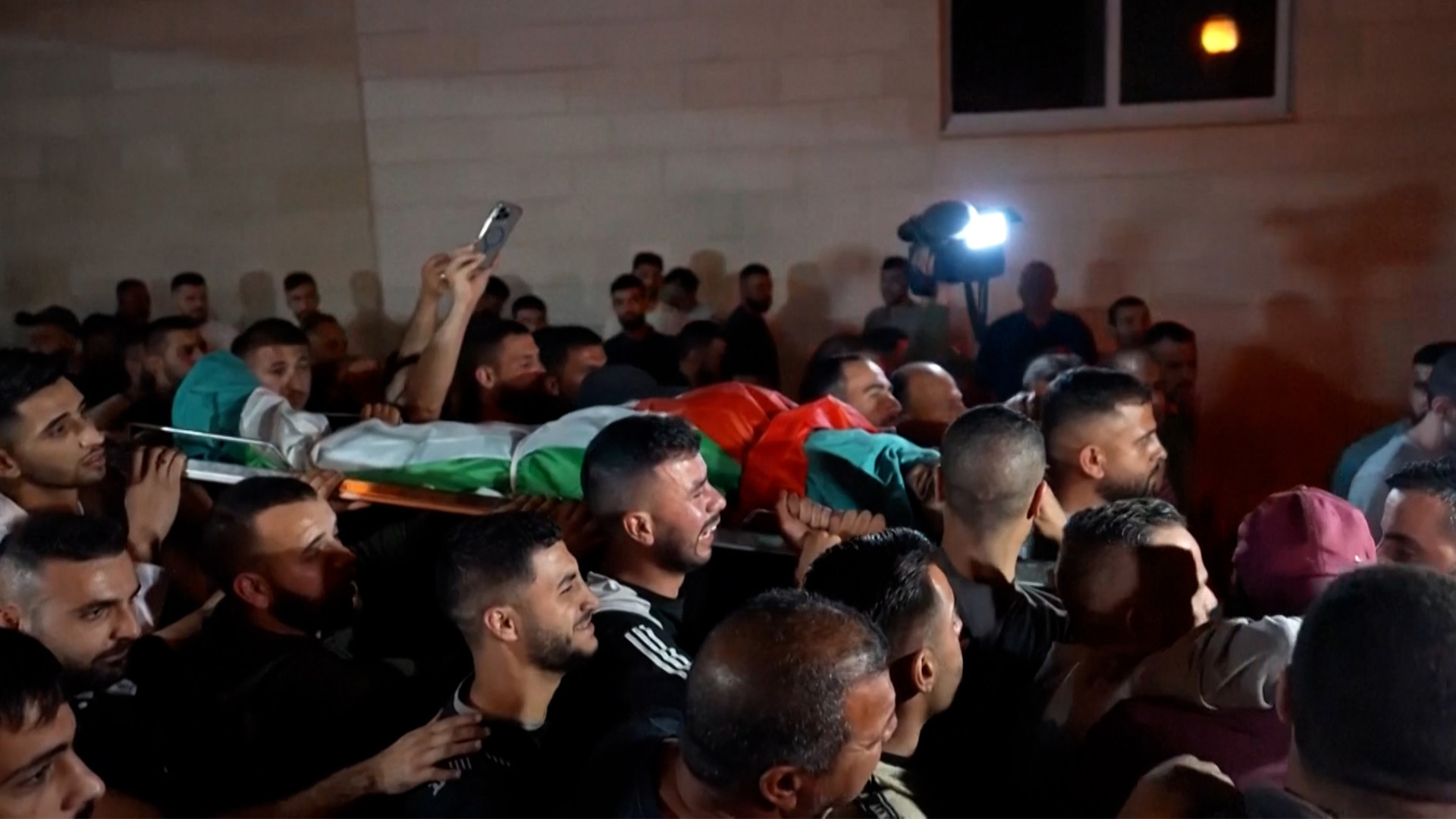Israel increased Rafah demolition to prepare for Gaza forced transfer plan | Israel-Palestine conflict News
Demolition operations being conducted by Israel in Gaza’s southern Rafah Governorate have been stepped up sharply, an investigation by Al Jazeera’s Sanad investigations unit has found.
Israel’s defence ministry has announced a plan to relocate 600,000 people into what observers say would be “concentration camps” in the area in southern Gaza, with plans to expand this to the Strip’s entire population.
Sanad’s analysis of satellite imagery up to July 4, 2025, shows the number of demolished buildings in Rafah rising to about 28,600, up from 15,800 on April 4, 2025, according to data from the United Nations Satellite Centre (UNOSAT).
This means that approximately 12,800 buildings were destroyed between early April and early July alone – a marked acceleration in demolitions that has coincided with Israel’s new push into Rafah launched in late March 2025.
‘Humanitarian city’
Israel’s defence minister, Israel Katz, told reporters on Monday that an initial 600,000 Palestinians living in the coastal al-Mawasi area would be transferred to Rafah, the location for what he called a new “humanitarian city” for Palestinians, within 60 days of any agreed ceasefire deal.
According to Katz, the entire civilian population of Gaza – more than 2 million people – will eventually be relocated to this southern city.
A proposal seen by Reuters carrying the name of the US-backed Gaza Humanitarian Foundation (GHF) detailed plans for a “Humanitarian Transit Area” in which Gaza residents would “temporarily reside, deradicalise, re-integrate and prepare to relocate if they wish to do so”.
The minister said Israel hopes to encourage Palestinians to “voluntarily emigrate” from the Gaza Strip to other countries, adding that this plan “should be fulfilled”.
He also stressed that the plan would not be run by the Israeli army, but by international bodies, without specifying which organisations would be implementing it.
Philippe Lazzarini, the head of the United Nations agency for Palestinian refugees (UNRWA) – which has been banned by Israel – warned against the latest mass forced displacement plan.
“This would de facto create massive concentration camps at the border with Egypt for the Palestinians, displaced over and over across generations,” he said, adding that it would “deprive Palestinians of any prospects of a better future in their homeland”.
Israeli political commentator Ori Goldberg told Al Jazeera that the plan was “for all facts and purposes a concentration camp” for Palestinians in southern Gaza, meaning that Israel is committing “what is an overt crime against humanity under international humanitarian law”.

“It should be taken very seriously,” he said, and questioned the feasibility of the task of “concentrating the Palestinian population in a locked city where they would be let in but not let out”.
The sheer scale of the destruction, and some exceptions
For now, Rafah, which was once home to an estimated 275,000 people, lies largely in ruins. The scale of Israeli destruction since April this year is particularly apparent when examining specific neighbourhoods of Rafah.
Al-Zohour neighbourhood
Al-Jnaina neighbourhood
Tal as-Sultan neighbourhood
Since Israel breached the last ceasefire agreement with Hamas on March 19, its forces have directly targeted several institutions.
Sanad has identified six educational facilities that have been destroyed, including some located in the Tal as-Sultan neighbourhood, west of Rafah City.
However, satellite data shows that several key facilities have been spared; 40 educational institutions – 39 schools and one university – are intact. Eight medical centres also remain standing.
Sanad has concluded that this noticeable pattern of selective destruction strongly suggests that the preservation of these facilities in Rafah is unlikely to be a coincidence.
Rather, it indicates that Israel aims to use these sites in the next phase of its proposed plan to displace the entire population of Gaza to Rafah.
The spared educational and medical buildings already serve as critical humanitarian shelters for tens of thousands of displaced Palestinians.
The war’s initial wave of displacement from northern to southern Gaza resulted in an overwhelming influx of people into the 154 UN facilities across all five governorates of the Gaza Strip, including schools, warehouses and health centres.
According to UNRWA’s Situation Report in January 2024, these facilities were by then sheltering approximately 1.4 million displaced people, an average of 9,000 people per facility, while an additional 500,000 people were receiving support from other services.
The report also notes that in some shelters, the number exceeds 12,000, four times their intended capacity.
According to UNRWA’s latest report on July 5 this year, 1.9 million people remain displaced in Gaza.
Satellite imagery analysis of the Rafah area from May 2024 to May 2025 reveals that Israeli forces carried out a two-phase operation in Rafah, including in areas which had been designated for humanitarian aid distribution.
Phase One began with the launch of a military offensive in May 2024, during which most buildings in targeted zones in most of eastern Rafah and parts of western Rafah were demolished.
Phase Two, which began in April this year, involves the continued demolition of remaining residential buildings. This phase also included land levelling and the construction of access roads to facilitate the operation of these aid centres.
British Israeli analyst Daniel Levy told Al Jazeera that Israel intends to use Rafah “as a staging post to ethnically cleanse, physically remove, as many Palestinians as possible from the landscape”.
The distribution of aid, which is now under the monopoly of the controversial Gaza Humanitarian Foundation (GHF), which is run by private US contractors guarded by Israeli troops, is also “a premeditated part of a plan of social-demographic engineering to move Palestinians – to relocate, displace and kettle them,” Levy said.
![]()
Ceasefire talks
Katz’s announcement came a day after Netanyahu arrived in the US to meet US President Donald Trump, as the latter pushes for a deal to end the war in Gaza and bring back the remaining Hamas-held captives.
Netanyahu stressed his opposition to any deal that would ultimately leave Hamas in power in Gaza. “Twenty living hostages remain and 30 who are fallen. I am determined, we are determined, to bring back all of them,” he told reporters before boarding his plane. He added, however: “We are determined to ensure that Gaza will no longer constitute a threat to Israel.”
“That means one thing: eliminating Hamas’s military and governing capabilities. Hamas will not be there,” he said.
An Israeli negotiating team was in Doha this week for indirect talks with Hamas. Trump said on Tuesday that Israel had accepted the latest ceasefire proposal, which provides for the release, in five separate stages, of 10 living and 18 dead captives, in exchange for a 60-day ceasefire, an influx of humanitarian aid to the Strip and the release of many Palestinian detainees currently held in Israeli prisons.
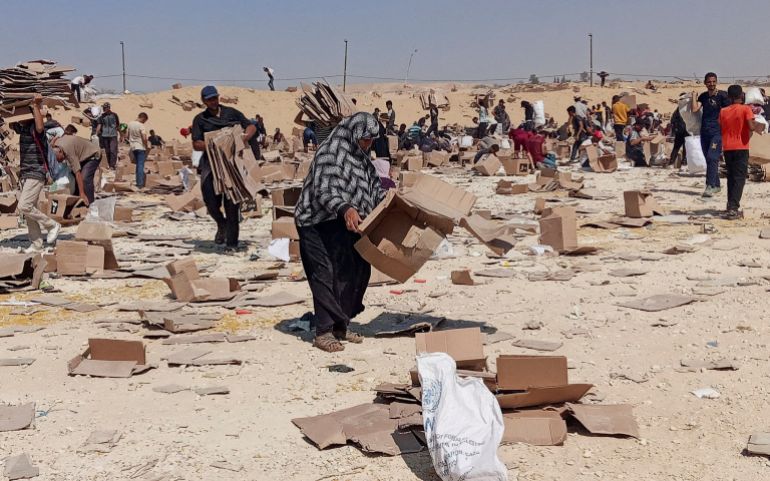
Hamas gave what it called a “positive” response to the proposal, stressing its reservations about the temporary nature of the proposed truce and making some demands.
Netanyahu’s office called Hamas’s stipulations, concerning aid mechanisms and Israel’s military withdrawal, “unacceptable”.
Ethnic cleansing: the ‘end game’
A sticking point remains Israel’s control of the Morag Corridor, just north of Rafah, which would allow Israel to control and isolate Rafah, facilitating the implementation of the mass expulsion plan.
In his remarks on Monday, Katz said Israel would use a potential 60-day ceasefire to establish the new “humanitarian zone” south of the corridor, and that the army would hold nearly 70 percent of Gaza’s territory.
Gideon Levy, Israeli columnist for Haaretz, told Al Jazeera negotiations were unlikely to result in more than a temporary ceasefire, whith the release of Israeli captives and Palestinian prisoners, as “Netanyahu doesn’t want an end to the war.”
While Trump could pressure his ally into a permanent deal, the US president does not seem inclined to pull his weight, observers say.
“The end game is an ethnic cleansing,” Levy said. “Will it be implemented? I have my doubts.
“But they are already preparing the area, and if the world is passive and the US gives its green light, it might work.”

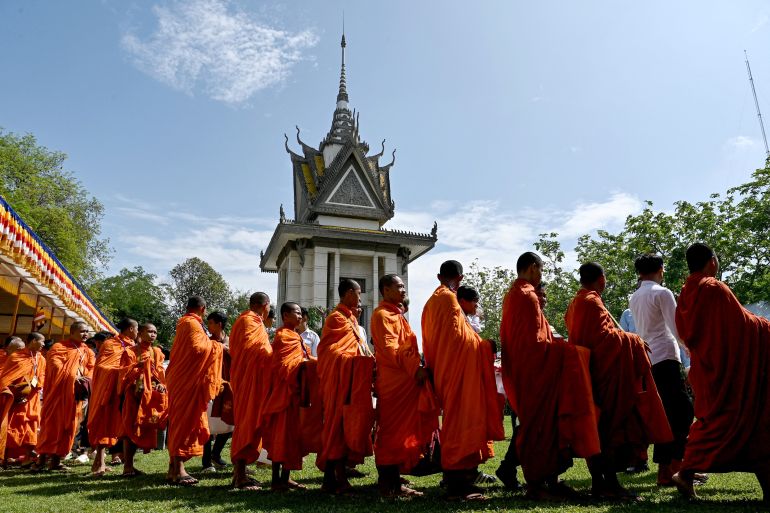

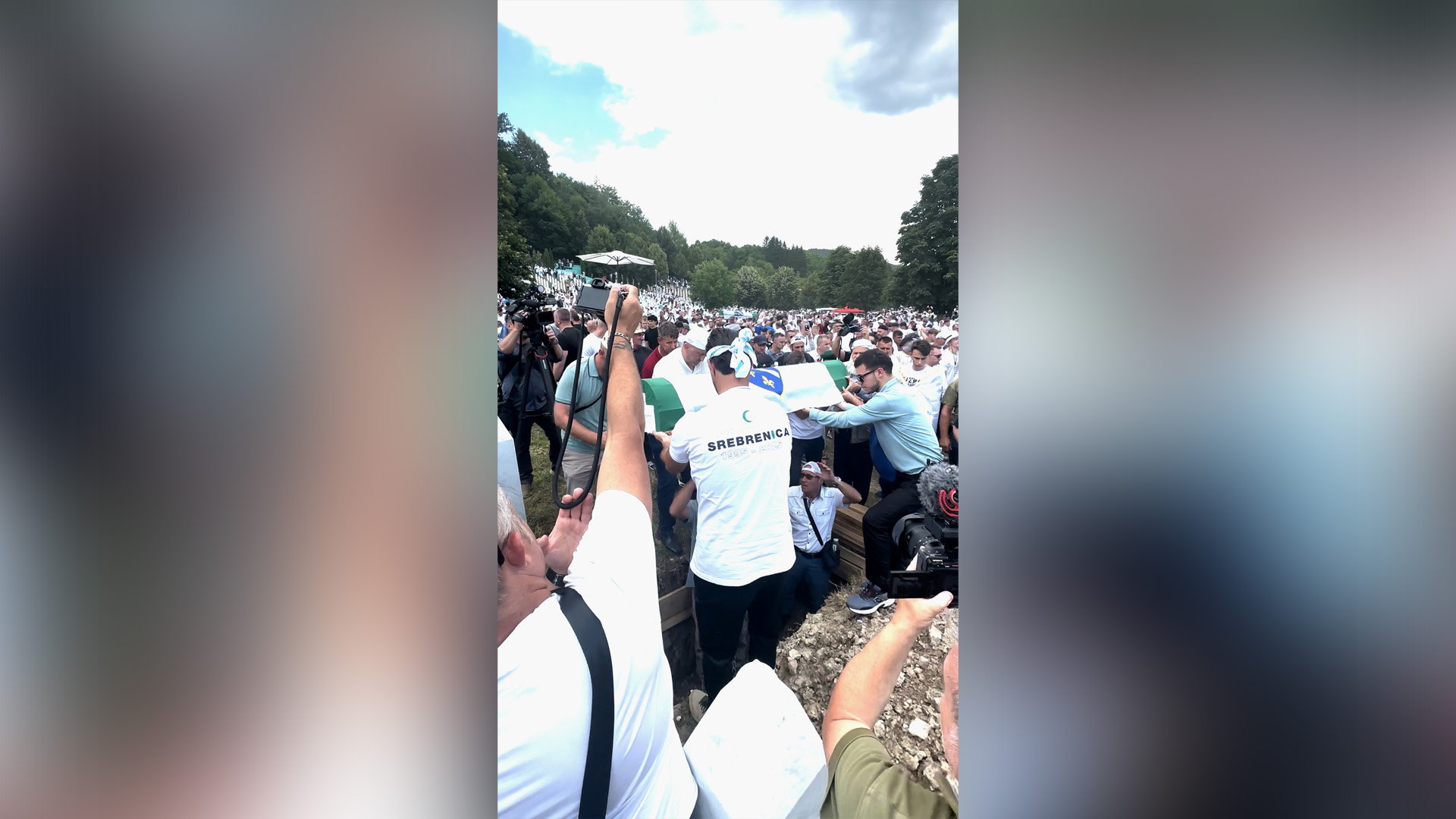
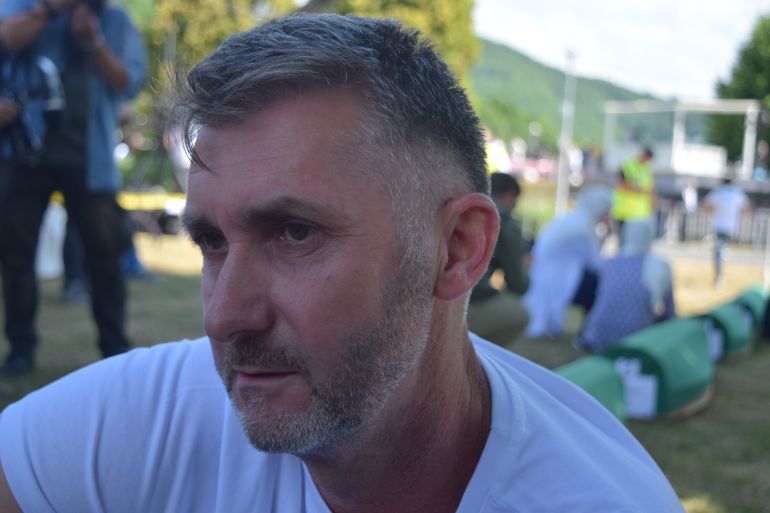


![A woman mourns the burial of her loved one [Urooba Jamal/Al Jazeera]](https://www.aljazeera.com/wp-content/uploads/2025/07/DSC_0952-1752247869.jpg?w=770&resize=770%2C513&quality=80)

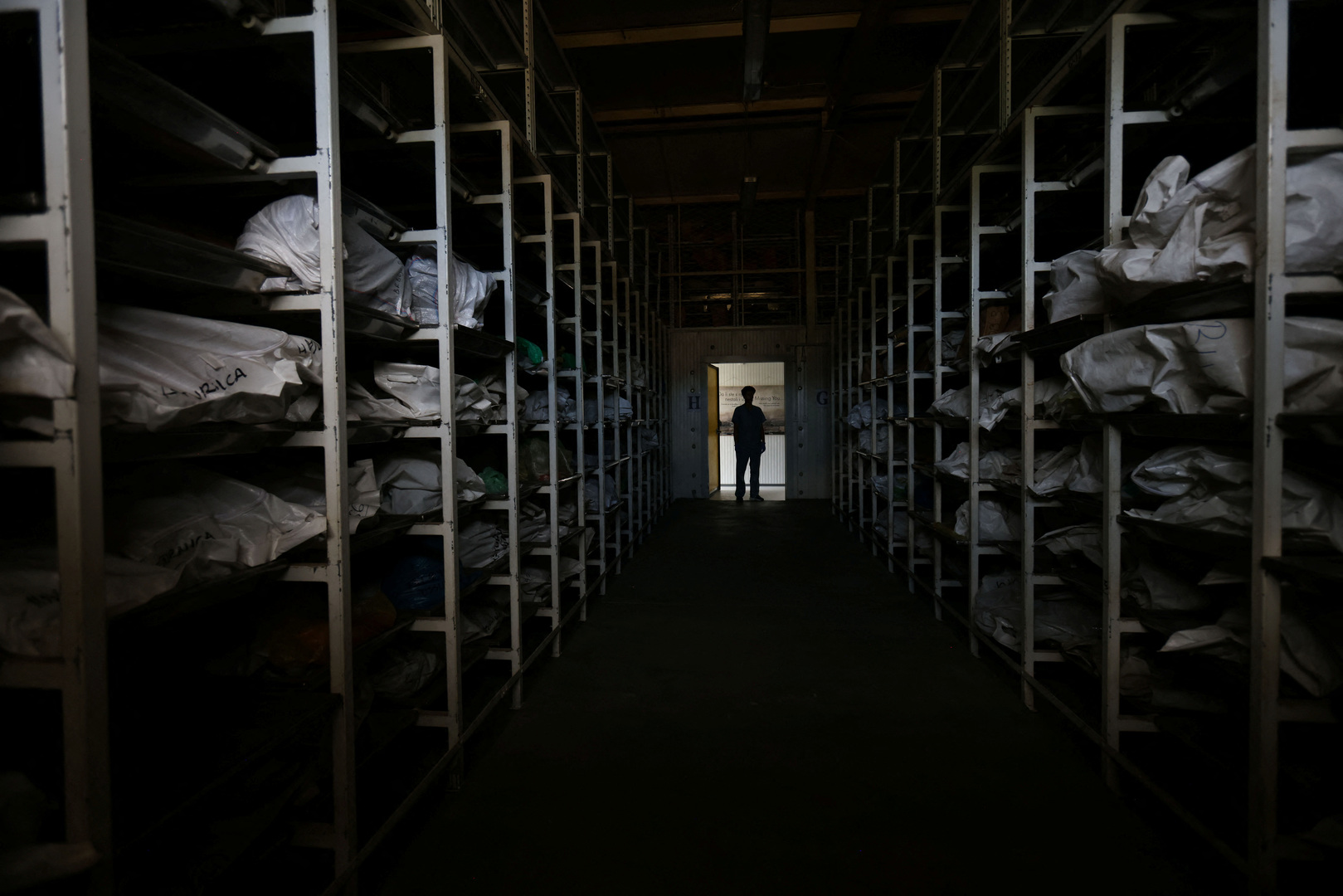
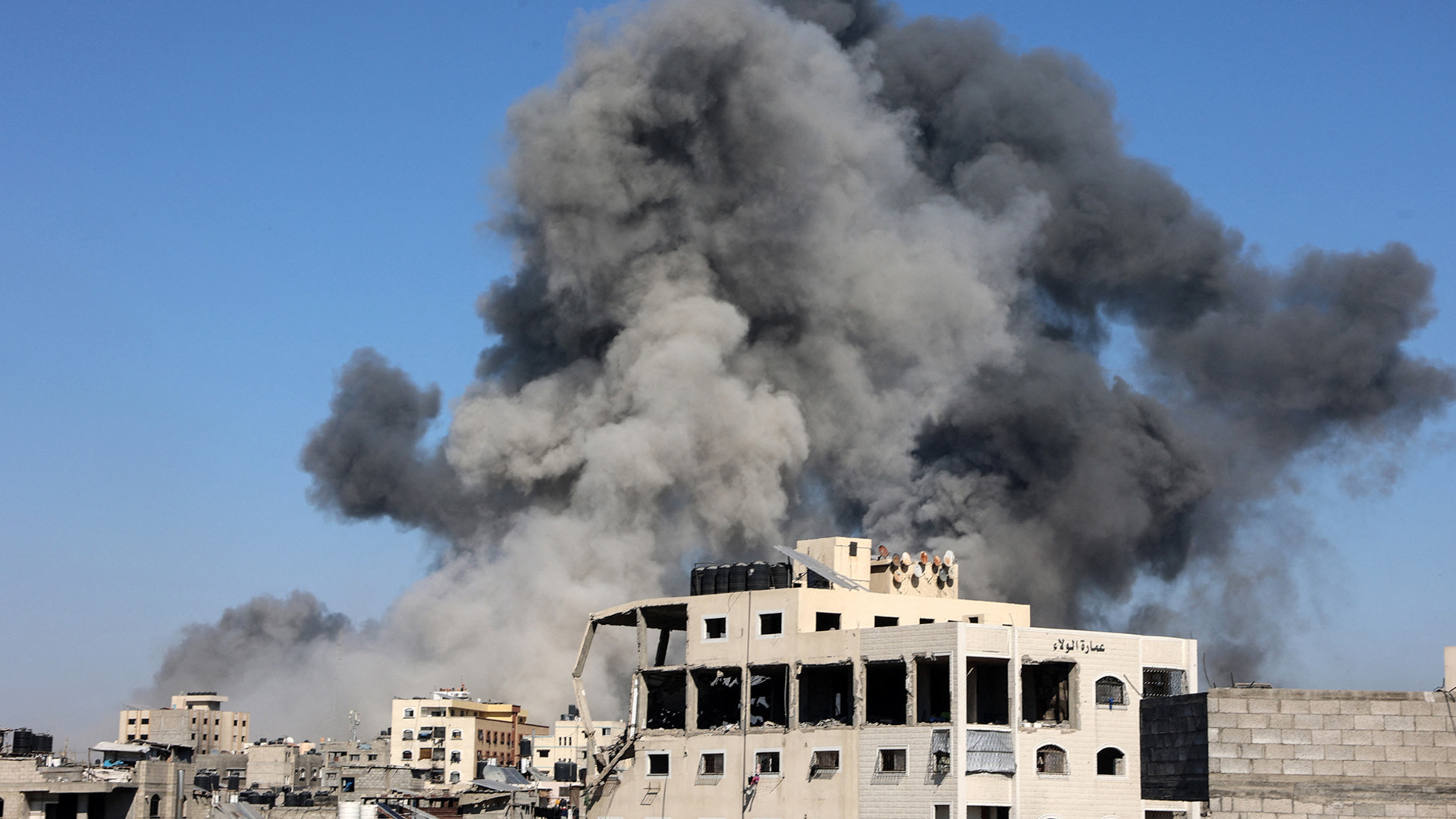
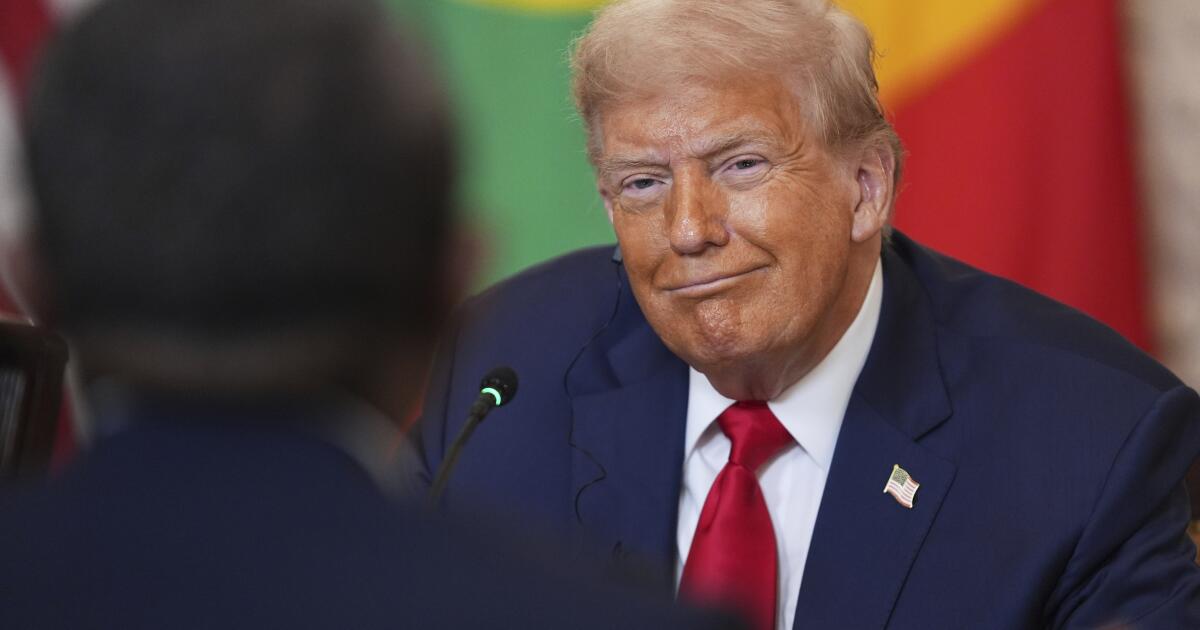
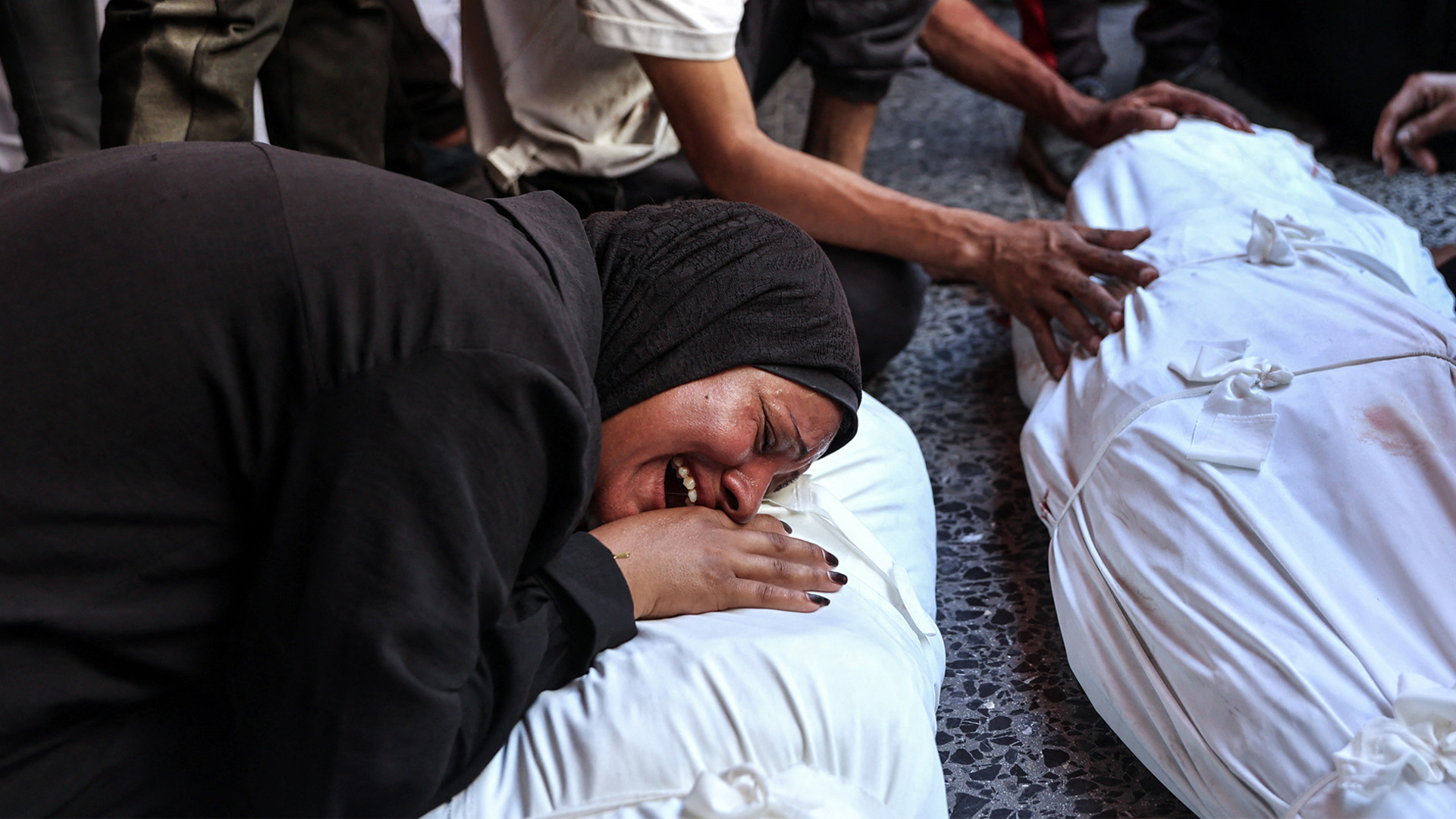
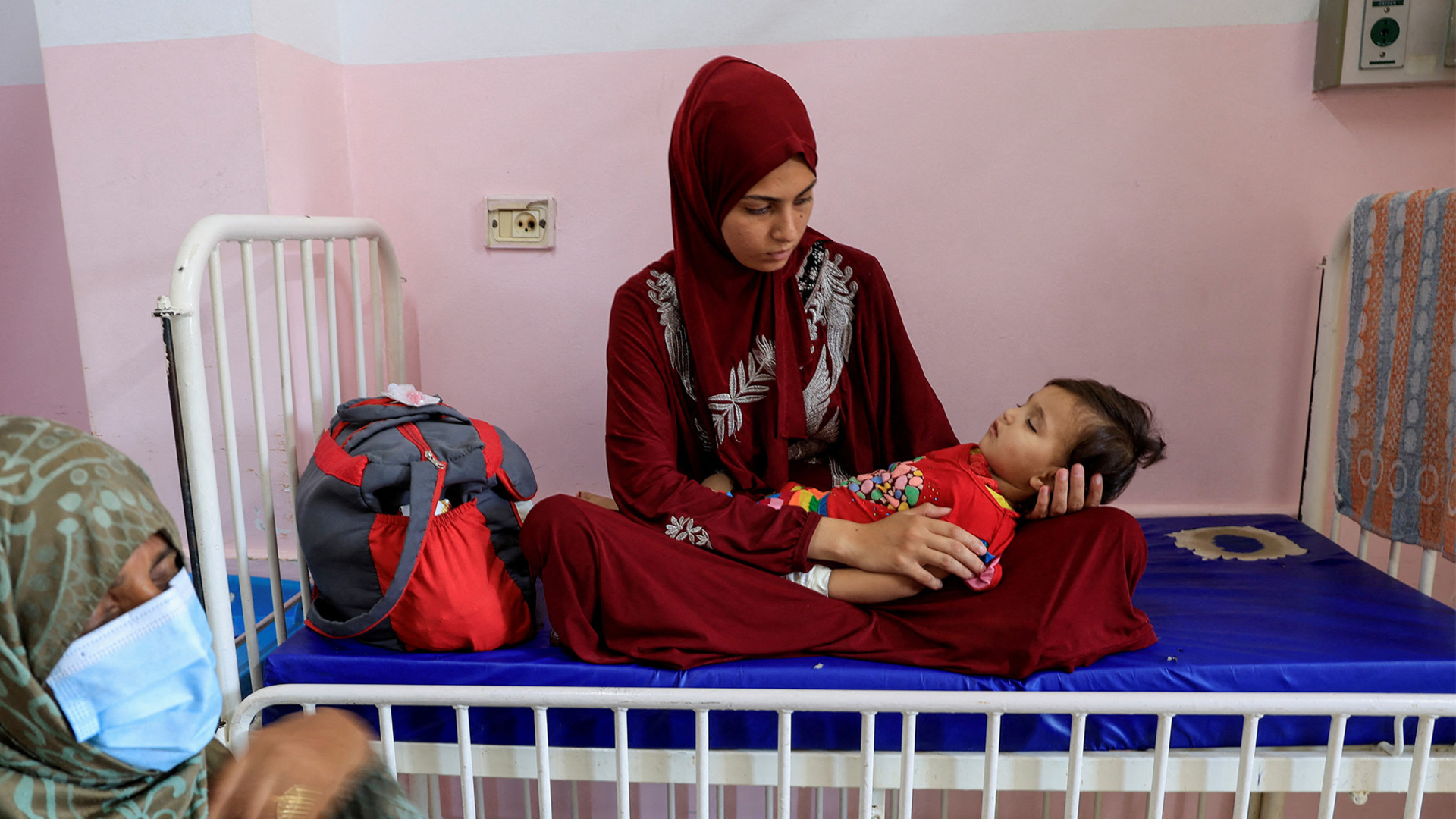
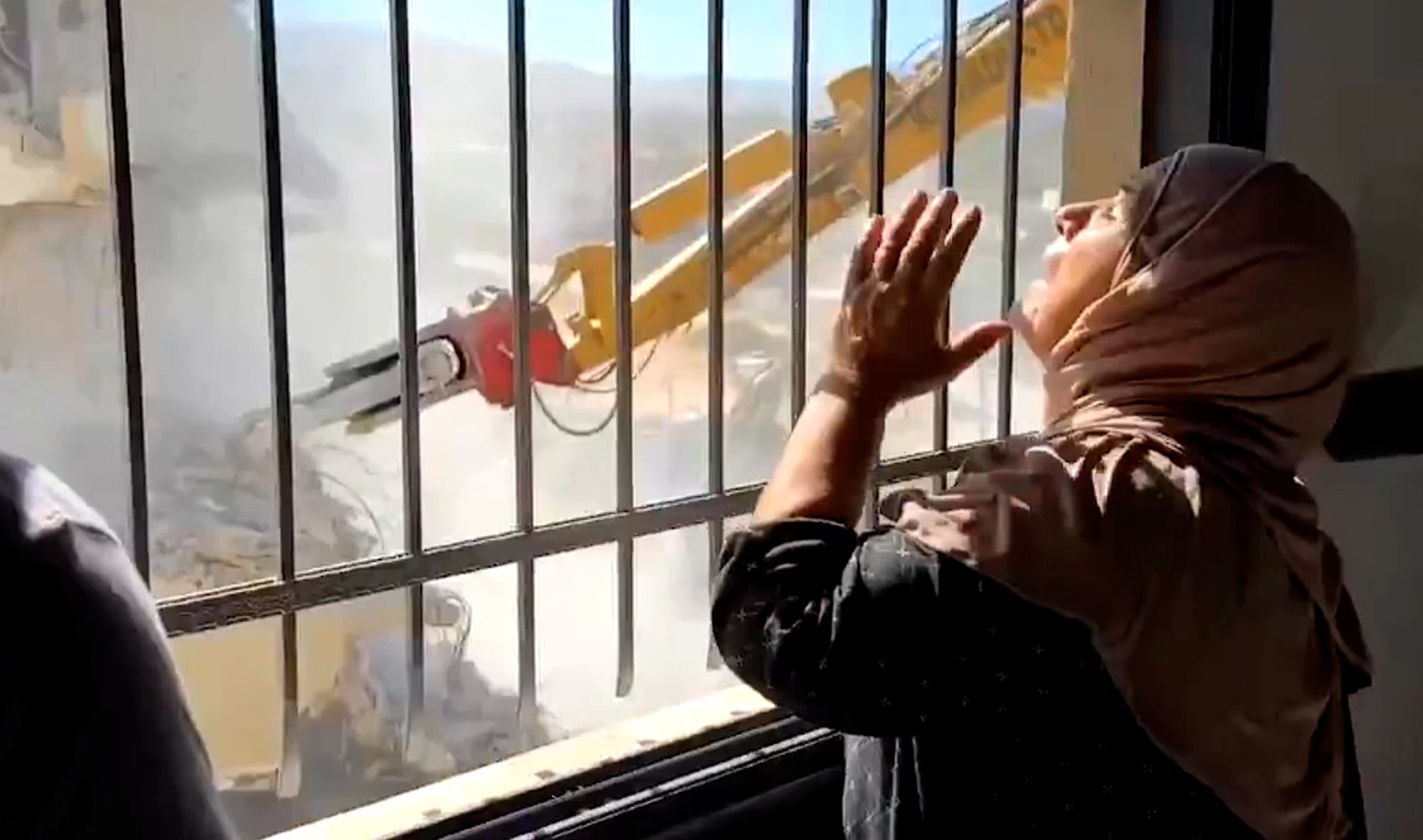

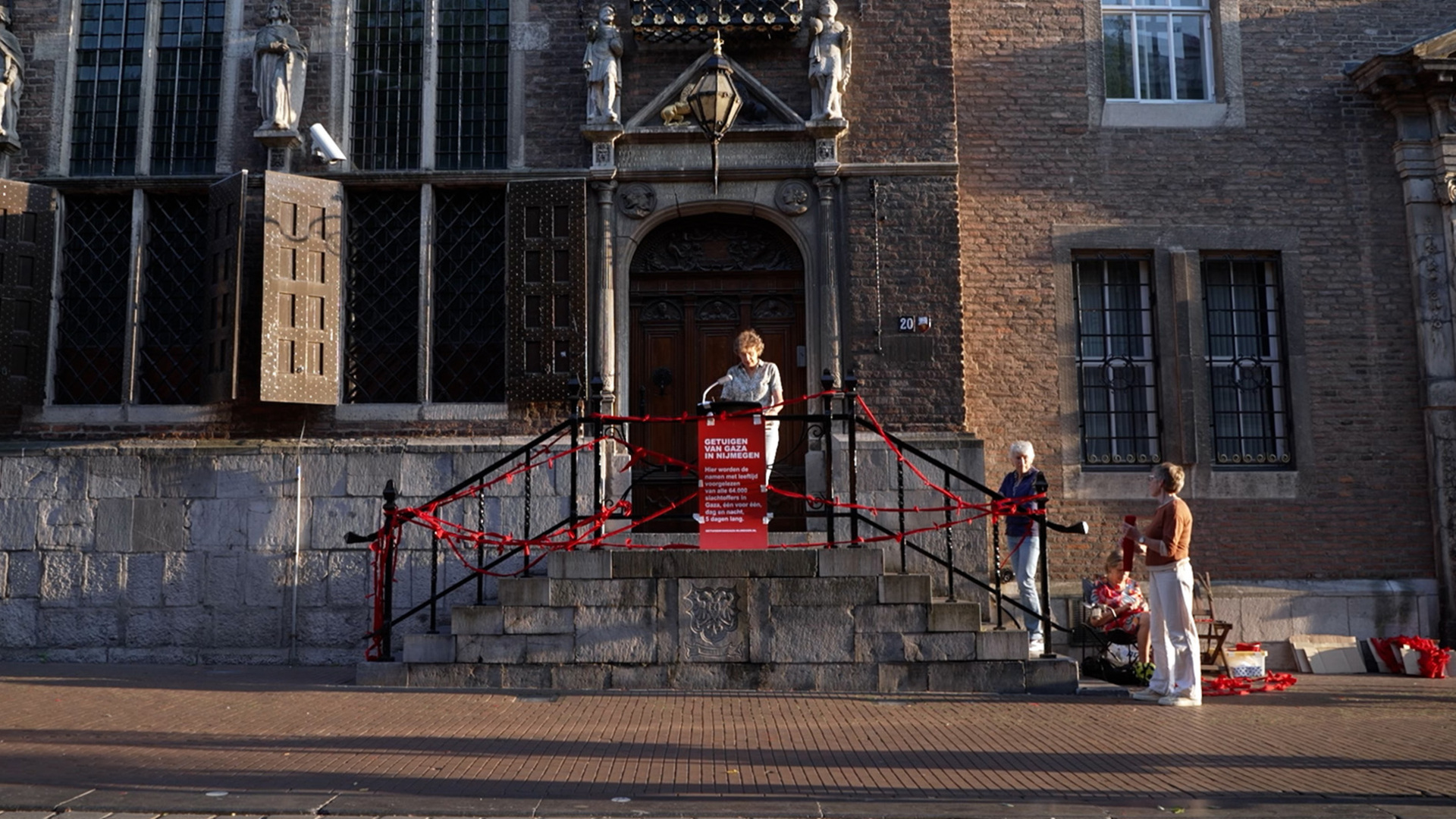

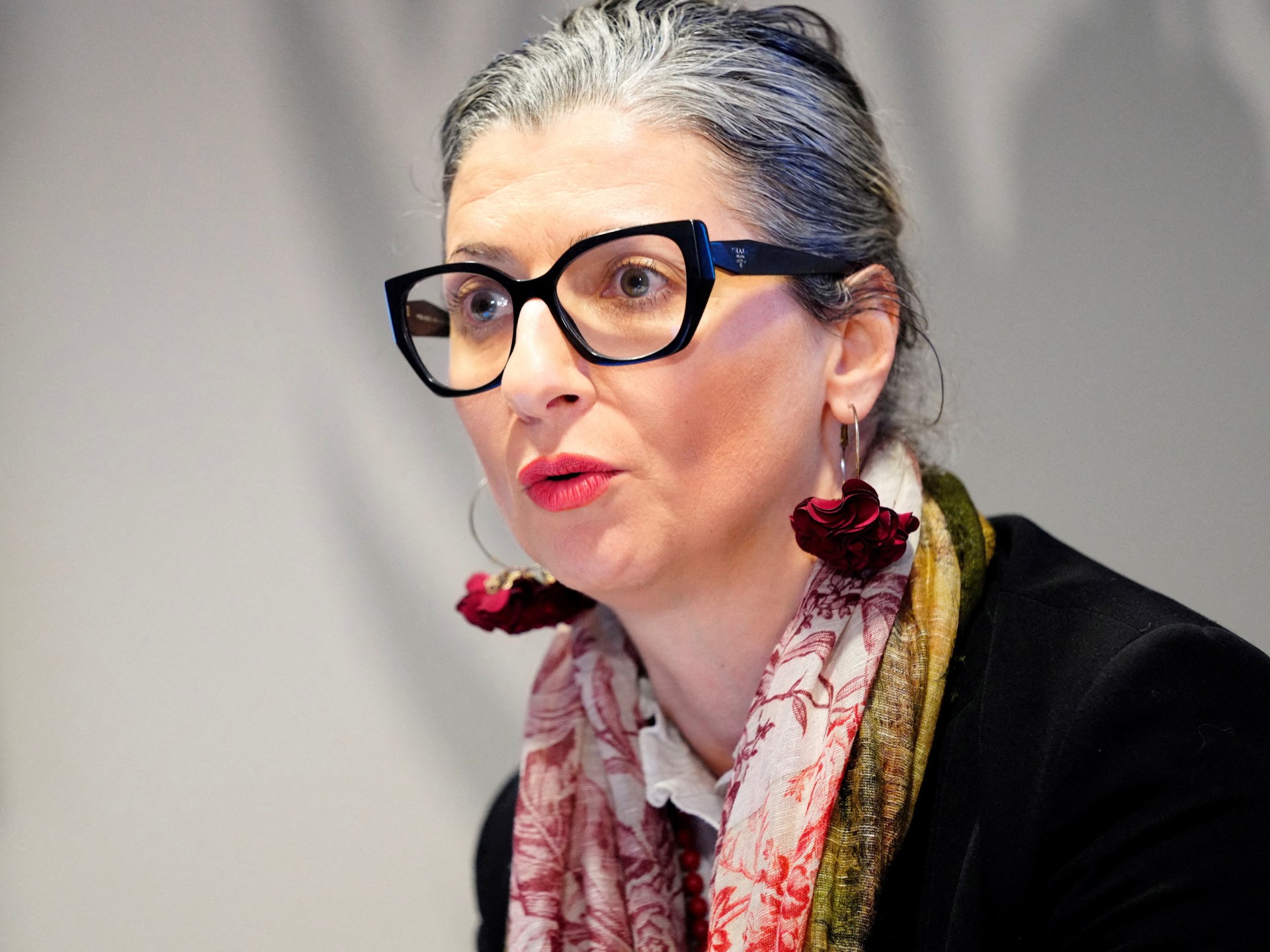
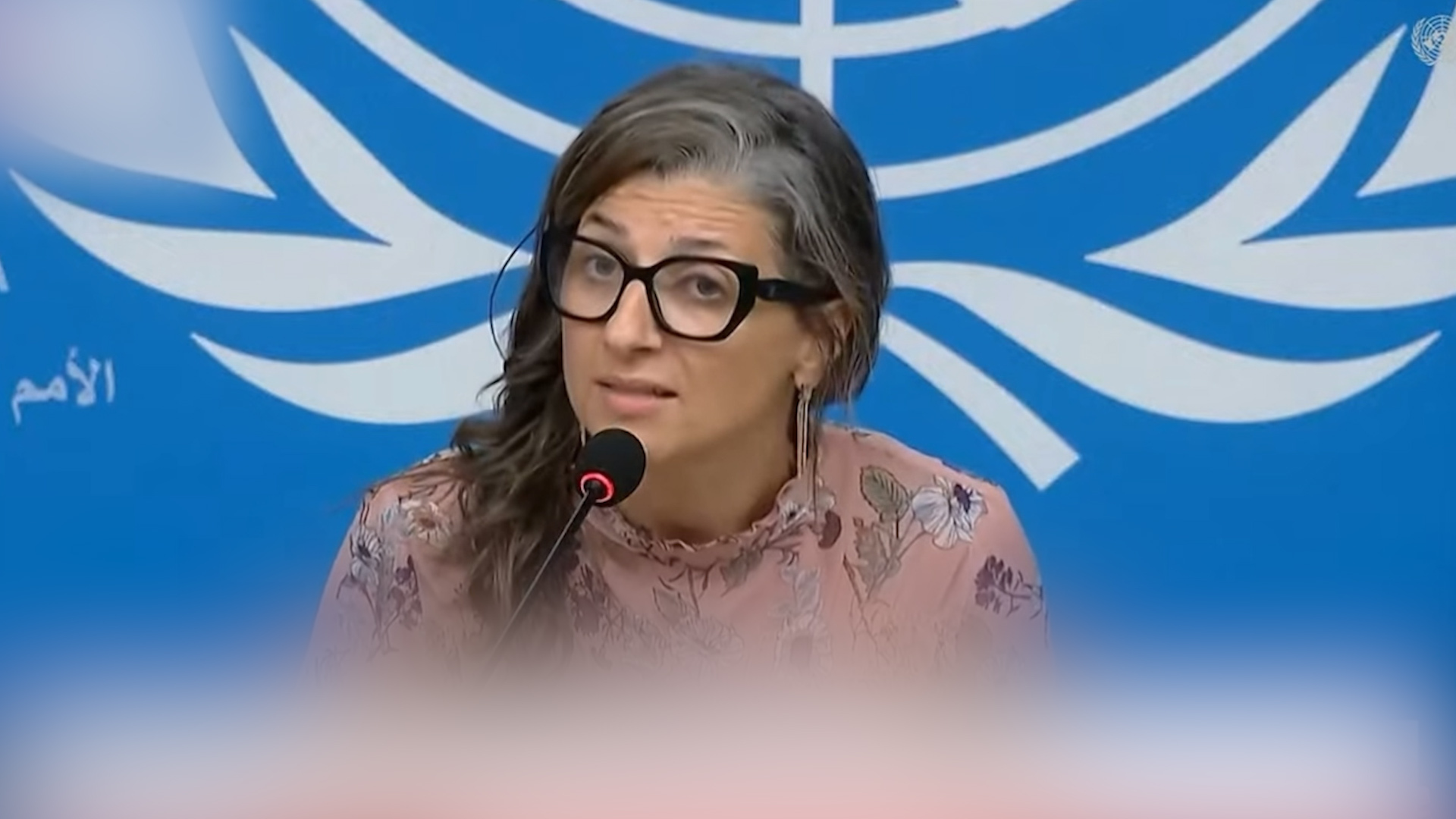
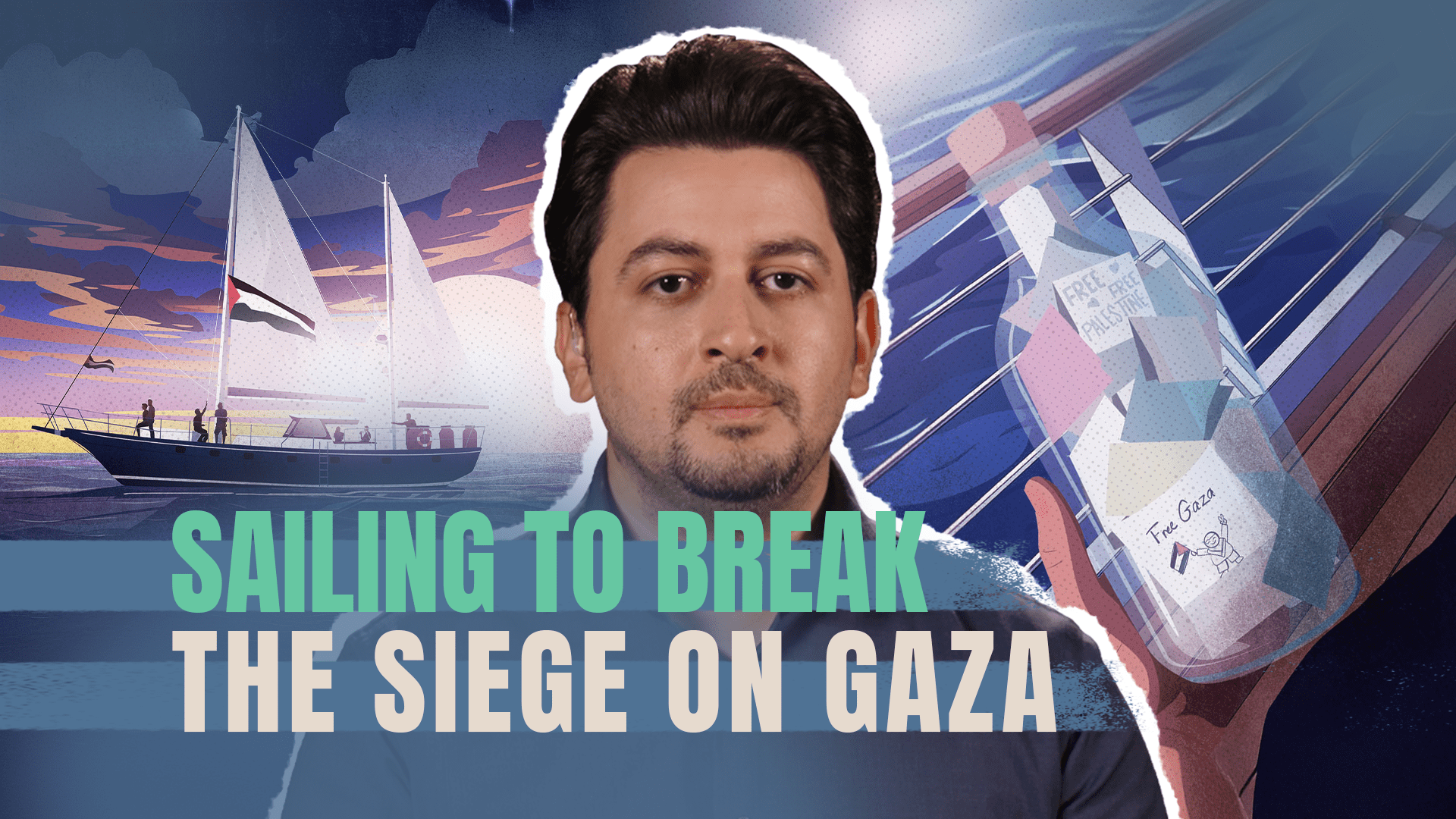
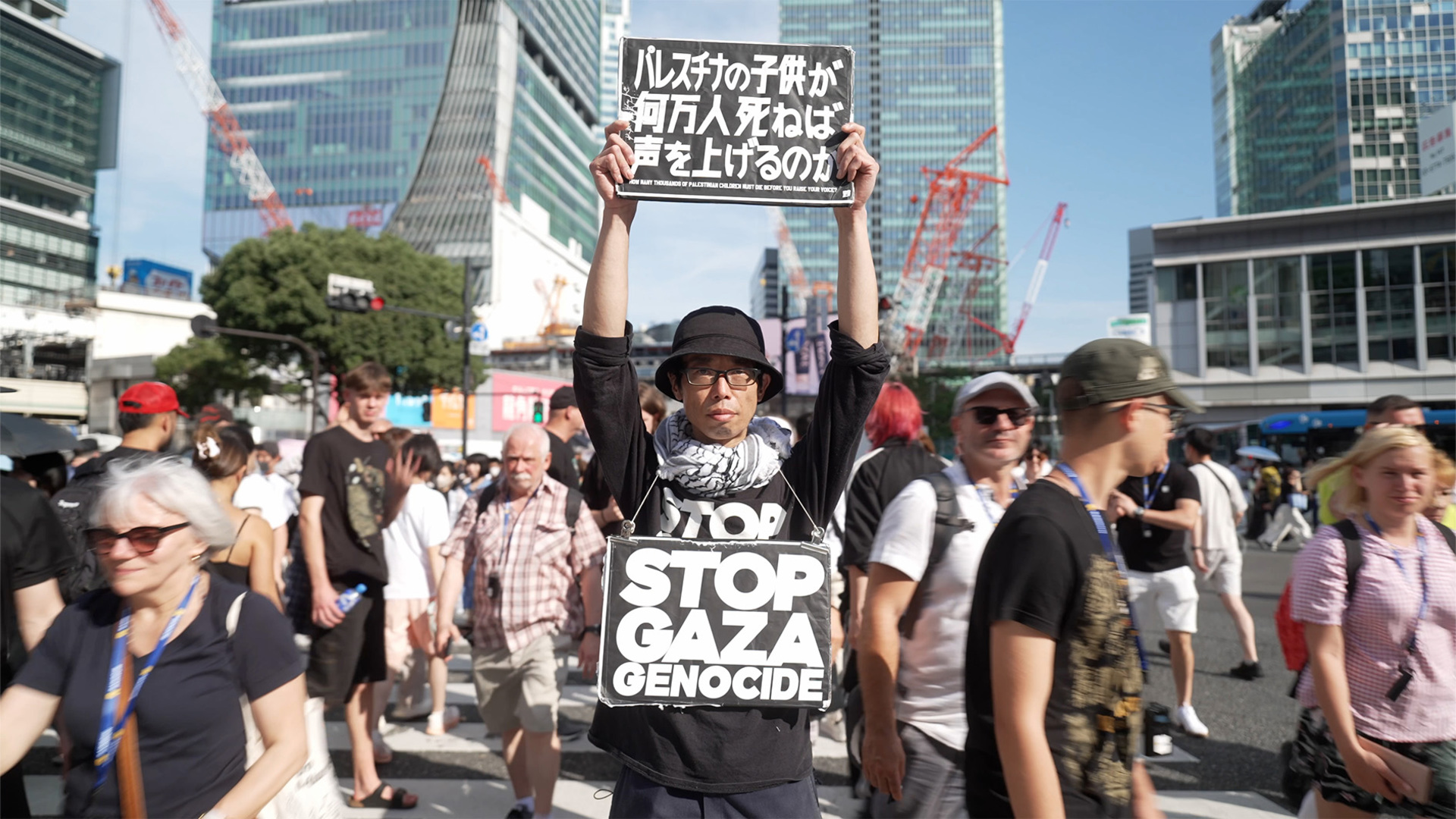
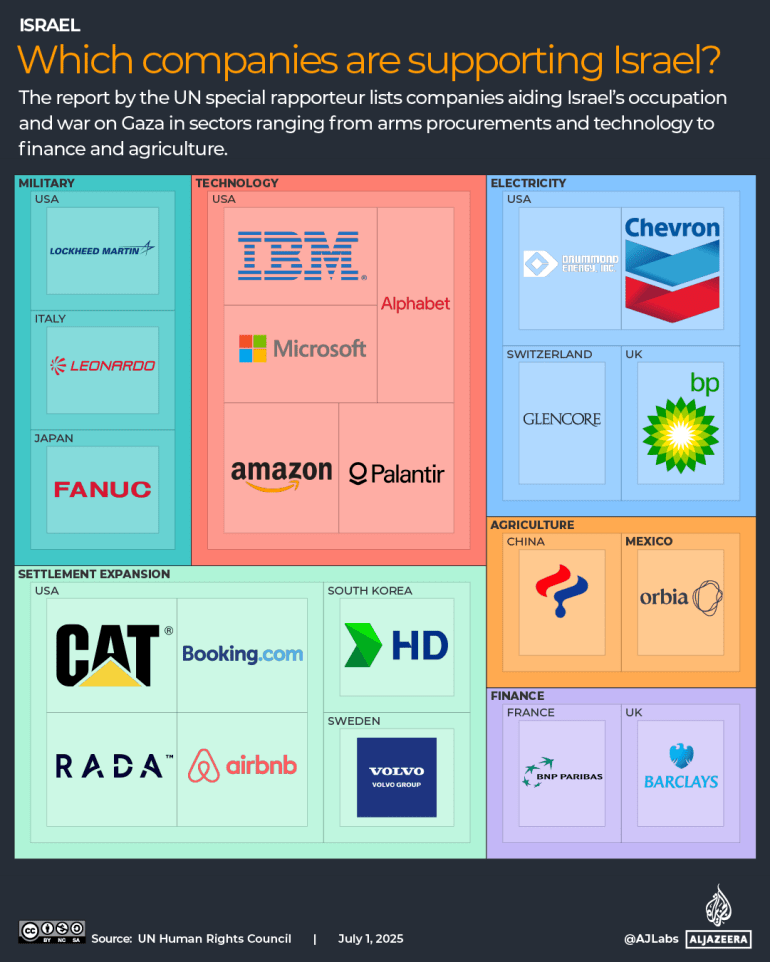
![[AL Jazeera]](https://www.occasionaldigest.com/wp-content/uploads/2025/07/INTERACTIVE-UN-ISRAEL-COMPANIES-1-1751388779.png)


